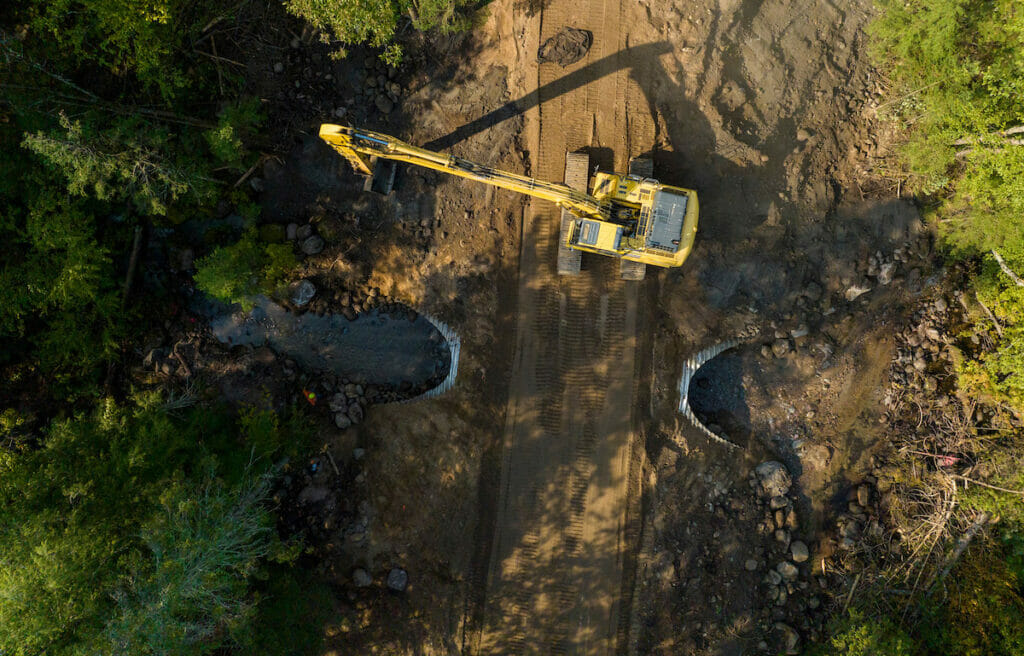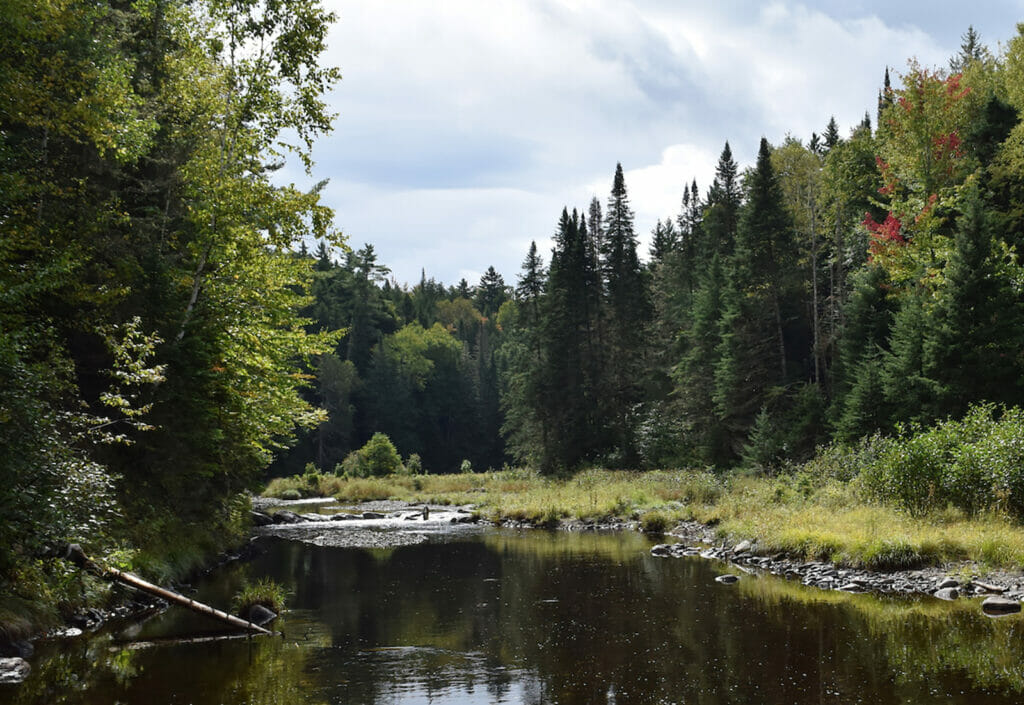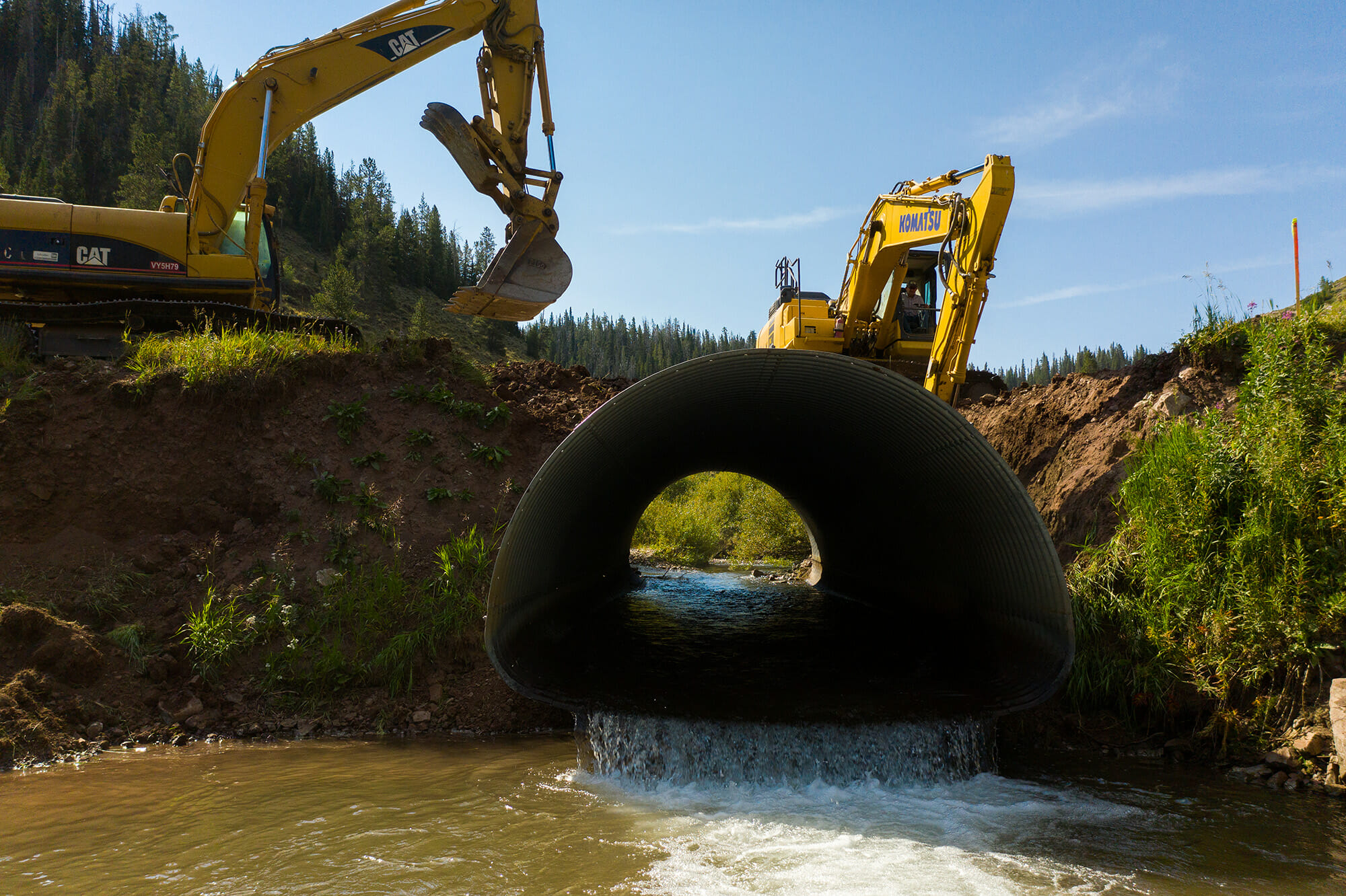With Clean Water Act protections in jeopardy, on-the-ground restoration is more vital than ever.
Last week, the U.S. Supreme Court weakened federal water protections by limiting the scope of the Clean Water Act. In the case of Sackett v. E.P.A., it ruled that wetlands are only protected by the landmark legislation when they have a continuous surface connection to a water body. In many ways, this ruling weakens not just the scope of the Clean Water Act, but the watersheds it is meant to protect.
“The ruling is a victory for muddy thinking, and directly compromises the stated purpose of the Clean Water Act—to make our rivers and streams more fishable, swimmable, and drinkable”
Trout Unlimited president and CEO Chris Wood
Because the Sackett Court limits the reach of the Clean Water Act to only those wetlands with a continuous surface water connection to other waters, it eliminates many ecologically important wetlands from the Clean Water Act.
The recent Biden administration “Waters of the U.S.” Rule aimed to implement the significant nexus standard. Litigation held up enactment of the rule in half the country. This decision will affect application of the rule. While the EPA returns to either renewed rule-making or guidance, maintaining protections for streams and wetlands will continue to be paramount.
“It is critical that the Biden administration continue advocating for a ‘Waters of the U.S.’ definition that is rooted in science and ensures protection of the small streams and wetlands that provide clean water for people, communities, businesses, farmers, and fish and wildlife”
Chris Wood
As the Supreme Court’s ruling weakening the Clean Water Act protections reverberates across the nation, TU staff, volunteers, chapter leaders, and partners are doing the on-the-ground, in-the-stream work to strengthen watersheds.
This matters.
A few days before the decision, just to cite one everyday example, a team of Trout Unlimited staff, volunteers, and local chapter leaders planted 1,000 trees to stabilize the banks of the Marengo River in the Chequamegon-Nicolet National Forest in Wisconsin damaged by floods. On the day of the decision, another TU crew was replacing an undersized culvert on Michigan’s Trout Creek in the Ottawa National Forest. TU’s field season is underway and projects like these are commencing all across the country. This is the work we do.
“This ruling makes Trout Unlimited’s work on the ground to reconnect and restore trout and salmon watersheds even more vital”
Chris Wood
The very real harm of the Supreme Court’s decision is that without protections for many wetlands, the whole watershed is compromised. Real estate and pipeline developers might no longer need to mitigate the loss of wetlands from their projects. At scale, this could result in downstream pollution and millions of acres of lost wetlands across the country which serve as reservoirs to absorb flood waters.
Heavy snowmelt and rainfall events, more volatile as climate change progresses, lead to flooding one day, while drought dries up streambeds the next. Floodwater has nowhere to go when seasonal wetlands are filled without Clean Water Act protections and mitigation. Waters warm. Trout have fewer places to retreat to cooler water. Downstream water accumulates pollutants. This is the harm of disconnected and channelized watersheds.
Our work reconnects them. We remove dams that warm up water behind them, channelize flows below them, and block trout access to needed habitat. We replace undersized culverts that act as miniature dams, severing watershed connection to spawning grounds and thermal refuges.

In 2022, we protected over 10 million acres and 9,278 stream miles, reconnected 692 stream miles, and restored 301 acres and 467 stream miles. We work with private landowners, local watershed organizations, state conservation departments, and federal agencies. From New York to Tennessee, Oregon to Wisconsin, we’re doing the work on the ground to make watersheds better for fish, people, farms, and businesses.
For all the aquatic habitat and stream restoration that we have accomplished since we were founded on the banks of Michigan’s Au Sable River in 1959, we are embarking on an ambitious multi-year effort to restore watersheds nationwide on an unprecedented scale, made possible by the federal investment in our watersheds through the Bipartisan Infrastructure Law of 2021 and the Inflation Reduction Act of 2022.
To date, TU has received $88 million in infrastructure funding to reconnect and restore trout and salmon waters throughout the country, including a $40 million agreement with the U.S. Forest Service and a $20 million agreement with the National Oceanic and Atmospheric Administration (NOAA) for aquatic organism passage projects. The scale of on-the-ground, in-the-water restoration and reconnection work is immense.
With the loss of a great deal of federal wetlands protections due to the Supreme Court ruling, this is the work that can mitigate some of those losses.
It can be easy to get discouraged when decisions like this come down from the highest court in the land. Even if the decision is harmful to watersheds, it’s final; there’s no appeal. But we have too much work to do to get discouraged. We have streambanks to stabilize, culverts to replace, and dams to remove.
There’s something you can do, too. You can volunteer to plant trees on a local TU project. You can learn how to monitor stream temperatures. You can volunteer with TU staff and volunteers on stream restoration work.

And most importantly, you can encourage the EPA to ensure that it protects America’s small streams and headwaters as it considers implementation of its Waters of the U.S. rule in light of the Sackett ruling.



